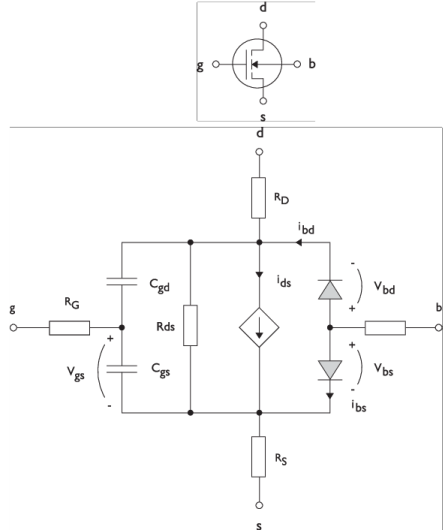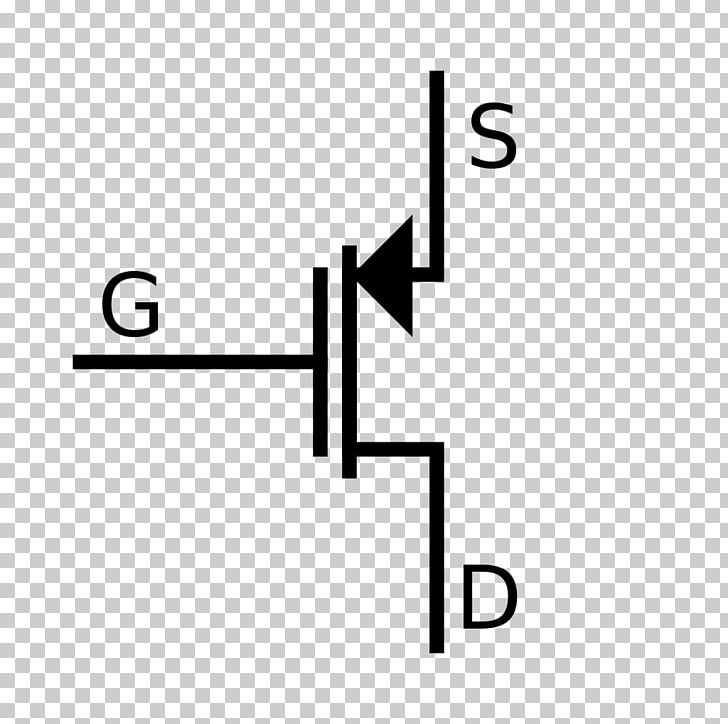
This is the same principle you use to limit the current through an LED to make sure it doesn’t blow up. So you’ll automatically get around 0.7V by adding a resistor.

If you add a resistor in series, the rest of the voltage drops across the resistor. A diode has a forward voltage that it “grabs” from the available voltage. Since most of us don’t have a 0.7V battery, how do we turn on the transistor?Įasy! The base-to-emitter part of a transistor works like a diode.


If you had a 0.7V battery, you could have connected it between the base and emitter, and the transistor would have turned ON. To turn the transistor ON, you need a voltage of about 0.7V between the base and the emitter.


 0 kommentar(er)
0 kommentar(er)
